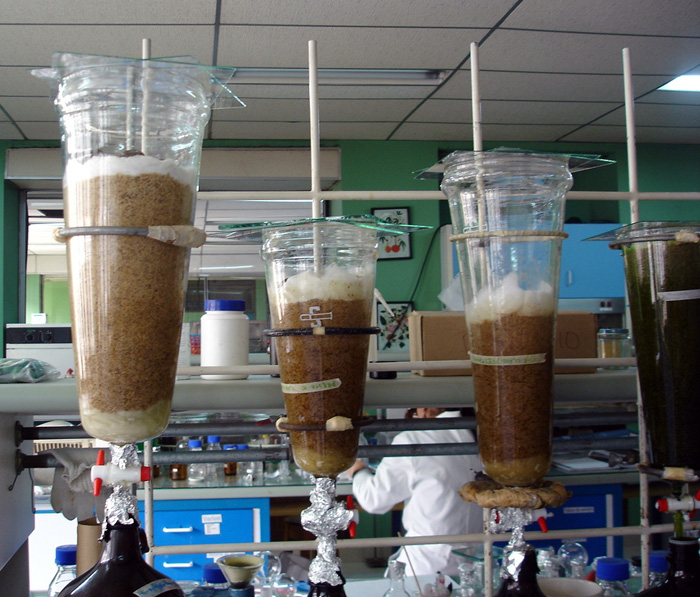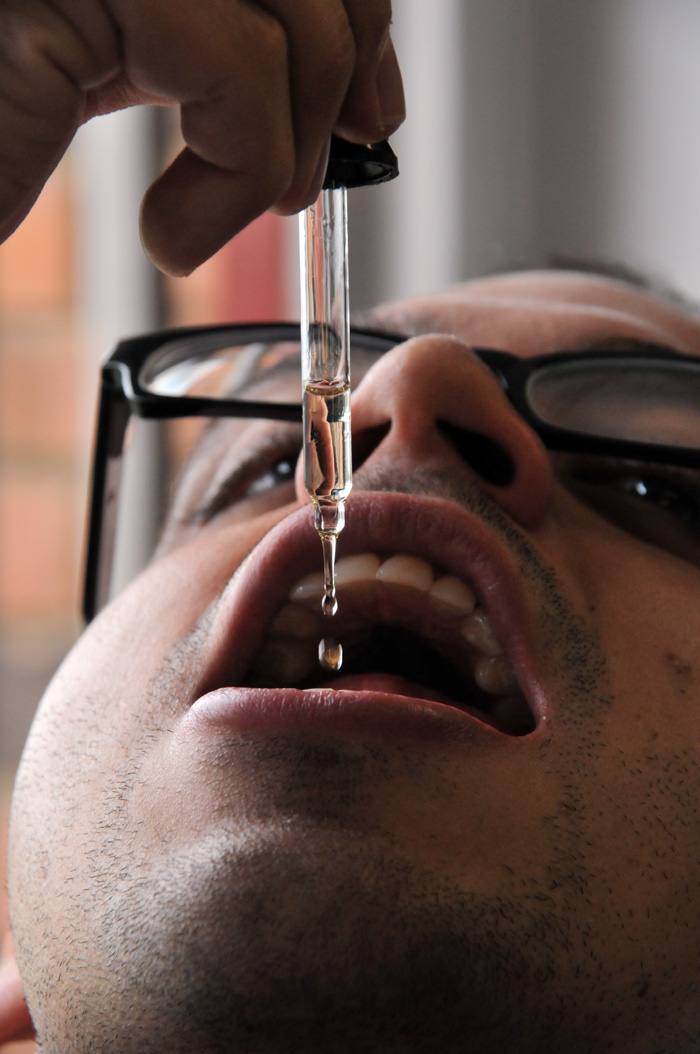"Valerian", a native plant from Europe and Asia, comes from the Latin root valere, which means healthy or strong, and is commonly used as a sleep inducer or as tranquilizers. Its sedative properties and it efficacy to fight anxiety and stress are well known.
According to botanist, there are 150 species distributed all around the world, one of them, V. pavonii, was studied by Sara Emilia Giraldo, pharmaceutical chemist from the Universidad Nacional de Colombia, who identified active substances with anticonvulsant effects that are able to fight, prevent and interrupt convulsions or epileptic attacks, on extracts of this plant.
On its doctoral thesis, directed by the researchers Javier Rincón and Mario Francisco Guerrero, Sara Giraldo considered this situation as well as the incapacity related to mental disorders. For this reason, she focused her interest on plants with activities on the central nervous system (CNS), such as the Valeriana pavonii. "This species grows wild in Antioquia, Boyacá, Cauca and Santander, among other departments, and is used traditionally to treat insomnia and anxiety," explained Giraldo, who stressed the importance of its multiple uses in home made remedies.
Phytochemical (studies on chemical compounds developed within plants) and pharmalogical studies with V. pavonii, allowed to identify active extracts with potential to treat convulsions, anxiety and depression, in fractions of this plant.
During the experiment that confirmed its potential, this substance was applied, in controlled dosages, to a group of mice (murinae), which reacted positively to electric stimuli, while other rodents that were not exposed to the treatment, suffered from convulsive seizures.
According to Giraldo, pavonii species also shares metabolites (from the iridoid type) with other valerian species that could have neuroprotection effects, which means that they could be used on the treatment of neurologic diseases such as Parkinson.
More Medicinal Properties
Valerian is a perennial plant with thick roots and a hollow stem. It reaches 1 meter of height and its leaves are composed by 6 to 10 couples of opposite leaflets, each one of the separated pieces in which the limbo (flat and visible part)of the leave is divided.
All of valerian species have CNS sedative properties, have incidence on the digestive system, and on other organs regulated by the neurovegetative system. For this reason it is a valuable treatment for headaches, nervous and cardiac disorders, and insomnia, among others.
This is one of the advances of the Bioactive Principles on Medicinal Plants Group, at the Department of Pharmacy, which develops the phytopharmacologic study (therapeutic activities on plants), and its incidence on CNS to isolate, identify and evaluate biologically, in vitro and in vivo, alternatives that contribute to the treatment of mental disorders, "more and more common due to economic, politic and social, among others, worries, which affects people"s life quality," concludes Sara Giraldo.
 Correo Electrónico
Correo Electrónico
 DNINFOA - SIA
DNINFOA - SIA
 Bibliotecas
Bibliotecas
 Convocatorias
Convocatorias
 Identidad UNAL
Identidad UNAL





